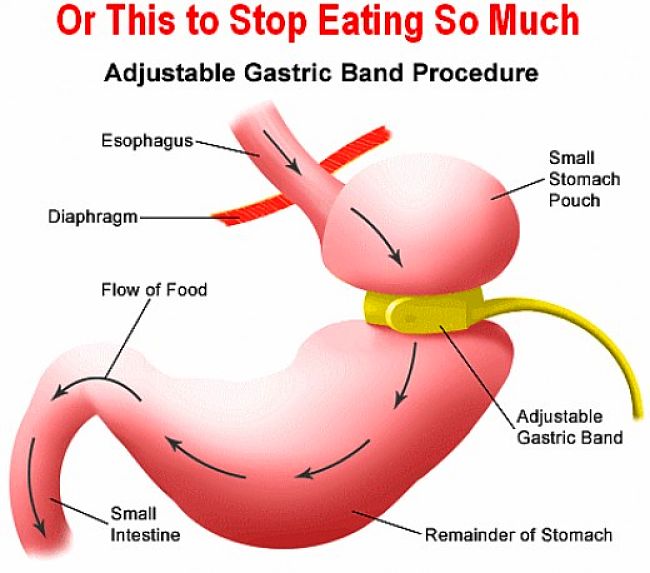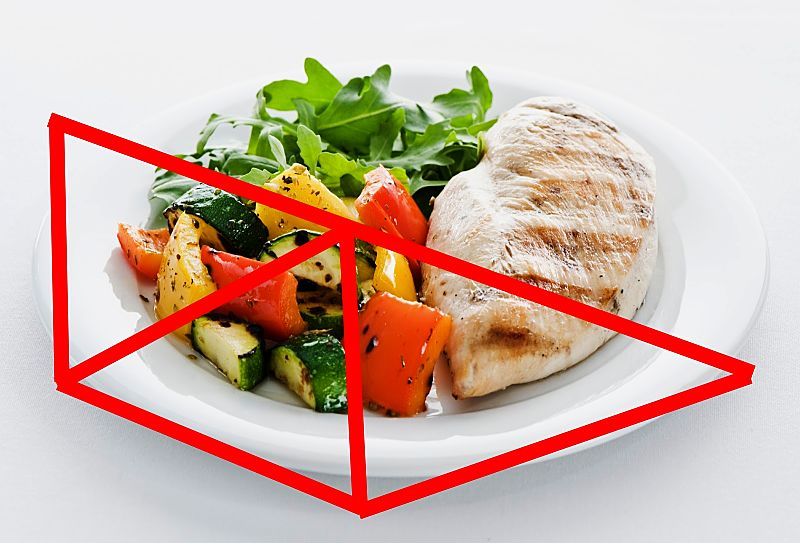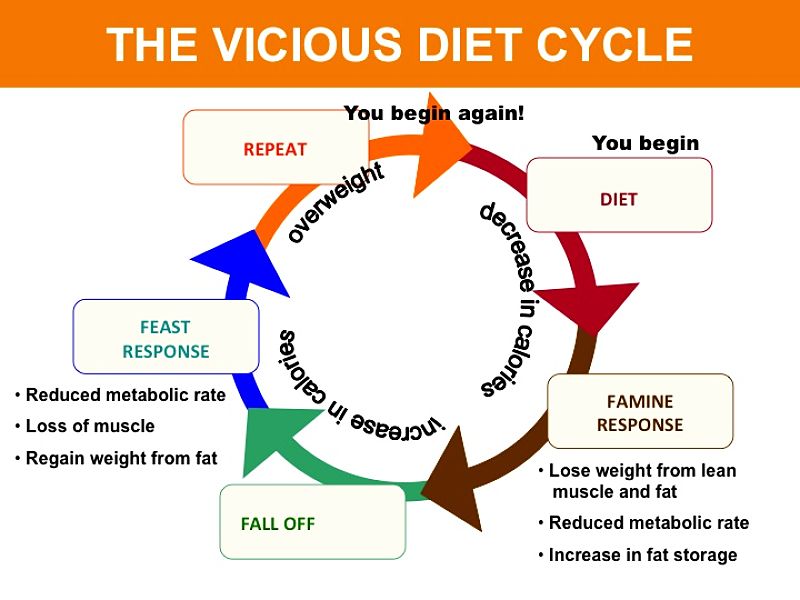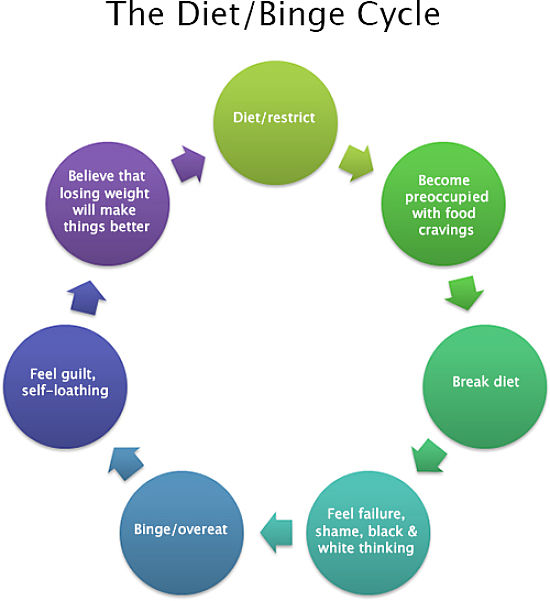Exercise and Diet Weight Loss Plans Fail Long Term - We Simply Eat Too Much
Losing weight is hard - very hard, especially long term. Most people fail. There is conflicting evidence about what weight loss strategy works to keep the weight off once lost. Major lifestyle changes are required battling against your own bodies. One conclusion is that we simply must eat less, and less often - MyPlate needs to become MyHalfPlate or MySmallPlate permanently.
The Case Against: Can You lose weight permanently through Exercise and Diet?
Joseph Proietto, Professor of Medicine and the University of Melbourne in Australia has claimed that exercise and diet programs
are a waste of money and virtually useless for permanent weight loss, and he called for more public hospitals to
offer gastric surgery and for public funds to support there interventions.
Recent studies of overweight patients placed
on strict low energy diets or structured exercise and diet weight loss program for more than three years showed that the weight loss was not permanent.
Many participants were successful in the first two years losing an average of up to 22 % of their weight. However after five years the loss
had declined to 5% or subjects has returned to their original weight.
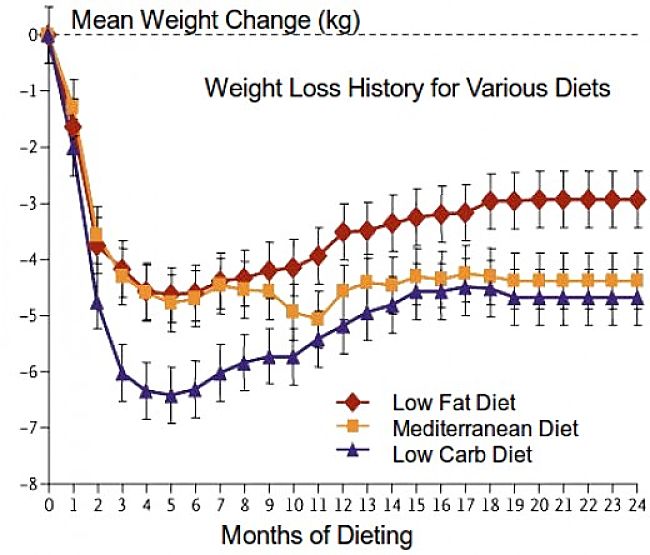
Professor Proietto stated that while many people had a predisposition to obesity in their genes, genetic mutations in modern populations would be too slow to explain the huge rise in obesity rates in recent decades.
Instead, he suggested epigenetic changes may be responsible. whereby which genes are switched on or off due to environmental factors that occur in early infancy or in the womb before the baby is born.
Research studies have shown that obese people trying to lose weight run into a brick wall because as they lost weight their bodies threw hormonal switches designed to undermine their efforts and to return them to a predisposed weight set by their inherited genetics modified by the epigenetic changes.
In contrast, various studies of the long term outcomes of bariatric surgery, that which can involve some type of restriction, such as a plastic band being placed around the upper stomach, have been found to provide permanent weight loss.
Weight losses of between 21 % and 38 % for up to 10 years have been reported.
Consequently, Professor
Proietto has pushed for increased support and funding for bariatric surgery. However surgery is clearly not a practical as a
population-wide solution to obesity. It is also risky, expensive and not always appropriate.
Bariatric surgery forces you to eat less
by reducing the size of your stomach. To succeed without surgery you will needs to do the same thing - eat less, eat smaller portion sizes, eat less often -
to achieve the same thing through behaviour and will power.
The Case For: Can You lose weight permanently through Exercise and Diet?
The National Weight Control Registry (NWCR) is the biggest long-term study of people who have been successful in losing weight and have kept it off for more a year.
The NWCR is monitoring more than 5,000 people who have lost significant amounts of weight using annual follow-up surveys and detailed questionnaires.
The aim is to study the psychological characteristics and behaviors and of people who have lost weight permanently and why they have been successful.
Research studies have demonstrated that only about 20% of overweight or obese people are successful at long-term weight loss.
One definition of success is losing at least 10% of the starting body weight and keeping weight below that weight at least 1 year.
Member Surveys have shown that members of the National Weight Control Registry, that have succeeded at losing weight, have lost on average about 33 kilograms of weight, and sustained the reduced weight for greater than 5 years.
The strategies the members used to maintain their weight losses were:
- physical activity of at least one hour every day
- eating breakfast regularly,
- eating a low-calorie, low-fat diet,
- maintaining a steady and similar eating pattern on both weekdays and weekends (no slip-ups or days off)
- self-monitoring weight continuously
- medical triggers for weight loss increased success rates
- people who kept the weight off for two to five years were more likely to succeed long term
- low levels of depression and loss of inhibition were associated with long-term success.
- having strategies for catching "slips" and lapses before they turned into larger regains.
However these results apply only to a very special group or people who are the exceptions rather than the rule, as more than 80% of people who try to lose weight fail in the first 12 months.
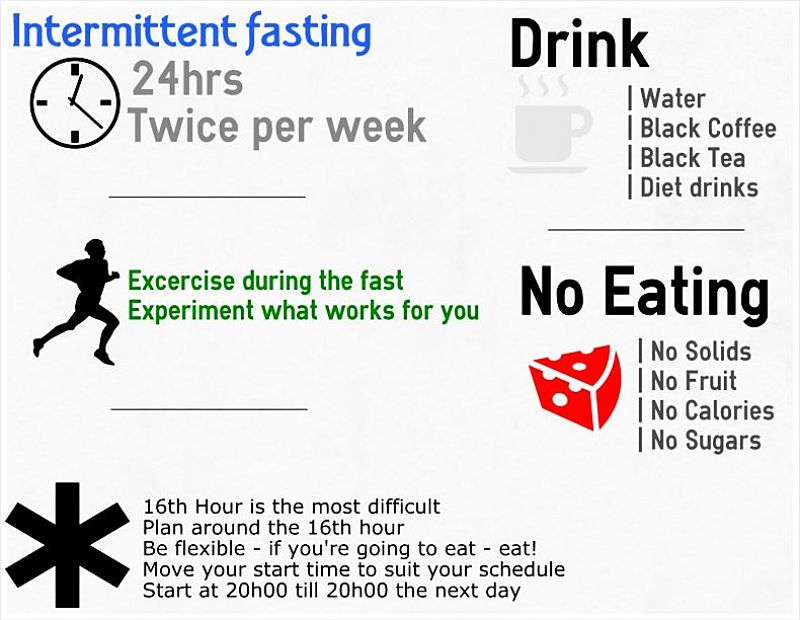
The conclusion from this are two fold:
- If want to continue eat fast foods and lack the will power for a fundamental change in life style get a stomach clamp.
- If don't want surgery then it can be done but it is tough and requires long term permanent lifestyle changes. If is not a matter of going on a diet - but a permanent shift in basic eating habitats - changing both what you eat and how much you eat.
Clearly Government Programs are not Working Why?
There is a need for major government interventions with programs that work similar to the campaigns that have worked, at least partially - for example - smoking, alcohol and aids. Similar strategies may be required for weight loss.
Some of the Government strategies that have not worked are:
Calorie Counts on Menus have not Worked and Calorie Counting a Flawed Approach
Putting calories on menus has also been shown to be a dismal failure.
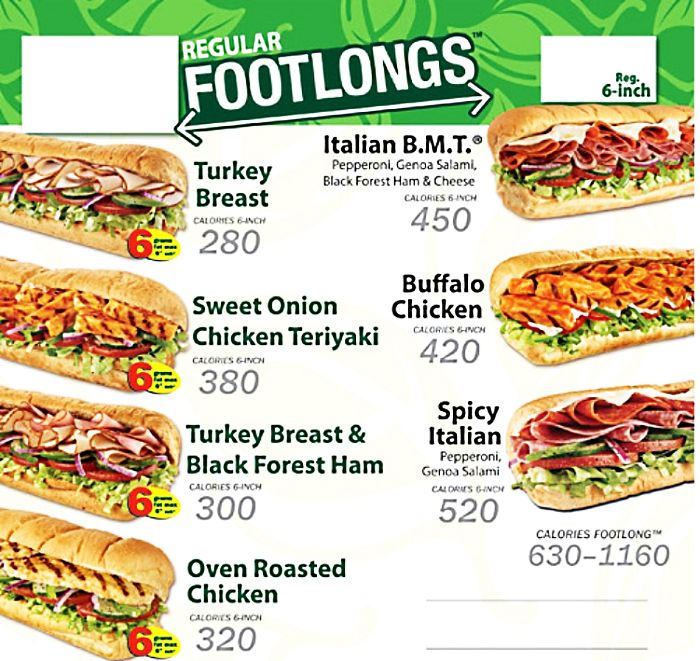
Only 15% of those in the 2009 survey said they used the labels and these customers bought meals with about 100 fewer calories than
customers who did respond to the calorie information. However, overall there was no significant change in average calorie consumption
before and after the new rules were introduced. The decline in calorie consumption by the aware group was offset by other who ate more calories.
The mean calories consumed increased from 828 to 846 calories, but the increase was not significant.
This outcome was very discouraging.
This research also showed that most people, especially young people have no idea about
counting calories or the concept of the maximum daily allowance of calories. The advice was simply ignored.
Another study surveyed a group of about 350 children and teenagers, aged from one and 17 years.
The young people included those who ate meals at the food outlets with their parents (70 %) or by themselves (30 %).
Groups were surveyed before labels were introduced and after their introduction.
The study found no significant difference in the mean calorie content of the meals bought before and after labelling.
This applied to parents buying food for their children and to adolescents buying the food. This occurred despite more than half the adolescents
stating that they were aware of the calorie labels (about 57% in New York City). Also about 10% of the people surveyed said that they considered
the information when ordering. Clearly it did not affect their menu choices and about 75% of the adolescents reported that taste was the key
factor when choosing what meal to buy.
Counting calories is hard to do even when you know how to do it and have a reliable way of
tracking weight and calories. Perhaps every obese person should be give an iPhone with a calorie counting app. Or forced to enter the data.
Counting calories is hard to do even when you know how to do it and have a reliable way of tracking weight and calories. Perhaps every obese person should be give an iPhone with a calorie counting app. Or forced to enter the data.
Focusing on getting people to eat the Right Food has proved to be the Wrong Advice
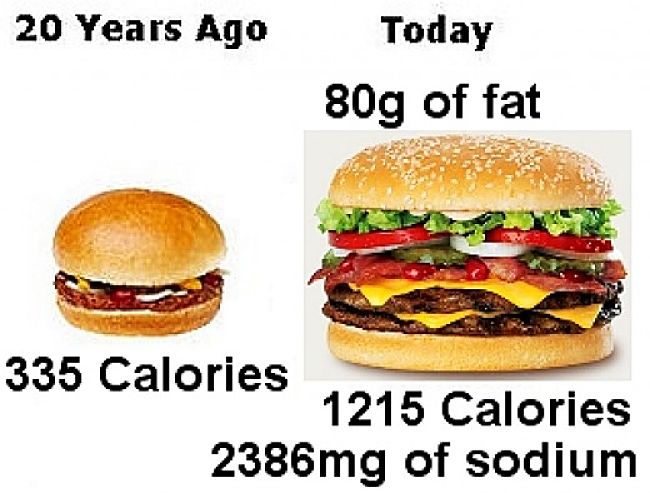

Exercise Helps but won't work for weight loss if you don't eat less
You only have to look at the exercise equivalents of meals and foods to see why this does not work. One slice of chocolate cake takes an hour of walking to burn the calories or fat off!
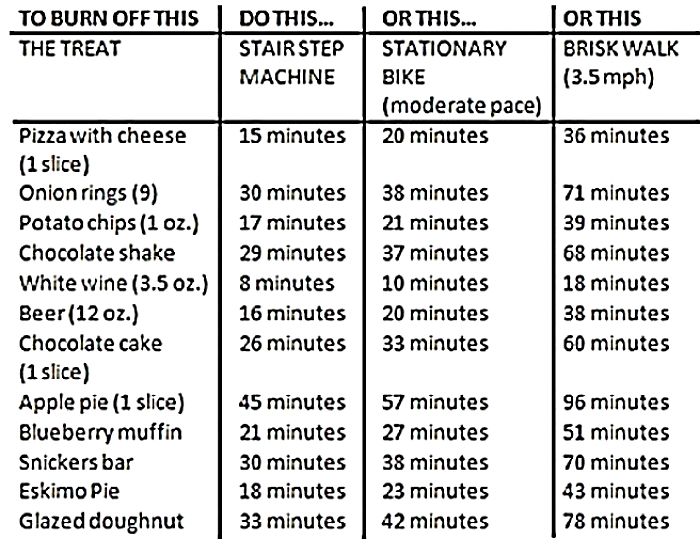
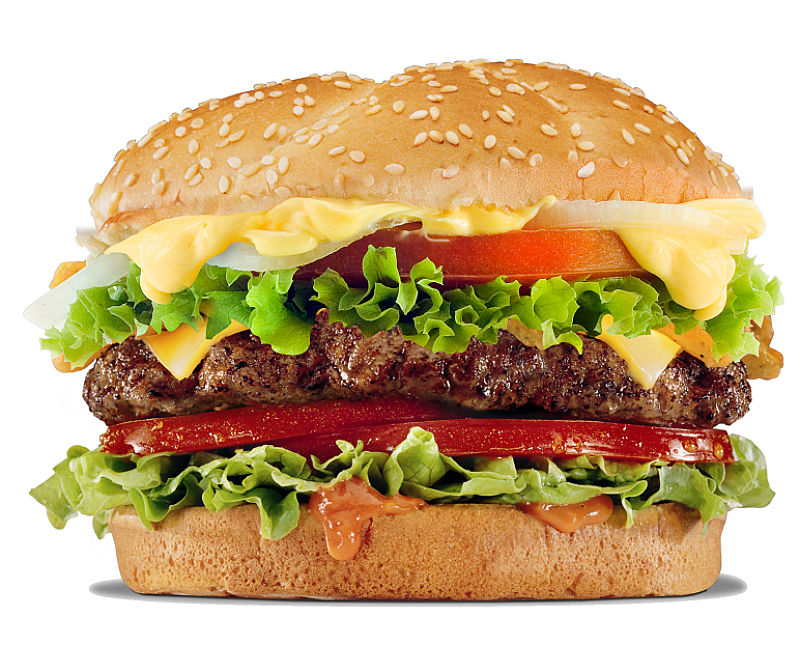
Your basic hamburger is about 310 calories, and to burn that off you need to exercise. Below are some exercises and times required to melt away that burger and bun. (These vary with height, weight, intensity and size of the burger you ate.)
- Walk: 94 minutes
- Run: 31 minutes
- Rebound: 26 minutes
- Swim: 59 minutes
- Bicycle: 45 minutes
Voluntary Programs by the Food Industry have been a Dismal Failure.
In Australia research has shown that junk food advertising during the time when most children watched television actually increased after self-regulation was introduced.
From 2009 to 2010, the mean frequency of fast-food advertisements increased from 1.1 to 1.5 per hour. While non-core fast foods comprised a lesser share of fast-food advertising in 2010 than 2009, the mean frequency at which they were advertised during times when the largest numbers of children were watching television remained the same (1.3 per hour in both 2009 and 2010). Family meals advertised for children's consumption in 2010 provided energy far in excess of children's requirements.
Children's exposure to unhealthy fast-food advertising has not changed following the introduction of self-regulation, and some fast foods advertised for children's consumption contain excessive energy. The limited impact of self-regulation suggests that governments should define the policy framework for regulating fast-food advertising to children.
The Australian National Heart Foundation Tick program has become a joke
The Tick is not applied consistently and the food industry has exploited the loop holes to turn negative messages into an advertising opportunity. All sorts of unhealthy foods have been given the tick. To earn the Tick, the rules say that for tomato sauce there can be no added salt in the ingredients, but this rule is not applied to salad dressings which a awarded the Tick despite containing more than 600 mg sodium / 100 ml. Foods such pies, fast foods, sweet biscuits, frozen pizza, rolled fruit confectionery, notorious breakfast cereals and frozen meals, have all been granted the Tick. This sends the wrong message - that there are Good and Bad junk foods! The more sensible message for an obese population is simply to not eat any such foods. It creates confusion. Fresh fruit is a much better option than a sticky fruit bar or sweet biscuit that have the Tick on their packaging.
McDonald's in Australia has recently been awarded the Tick for nine meal combinations. The modified meals have less salt, trans fats, saturated fat and energy content, as well as more vegetables, than standard McDonald's meals. The Tick means that they can be marketed as Healthy Choices.
One meal given a Tick is the McChicken burger with salad and Italian dressing. It has 48% fewer kilojoules, 9% less salt, 49% less saturated fat, and more vegetables than a regular McChicken burger meal. But it is still not a Healthy Meal, despite being labelled as a Healthy Choice.
The concern is the negative impact this will have by suggesting that fast foods are acceptable and that this will counter Government programs to reduce fast food intake. There is no equivalent of the smoking warnings on fast food packs - perhaps there should be.
Rosemary Stanton, who is prominent Australian nutritionist stated on her website that the tick program was more likely to increase McDonald's profits rather to get customers to buy the healthier products and it has become a marketing tactic.
To quote from her website:A recent editorial in the Canadian Medical Association Journal notes that partnerships between the food industry and
health organisations can risk jeopardising public health goals, leading to health organisations becoming "inadvertent pitchmen for the food industry".
The authors conclude that "corporate dollars always introduce perceived or real biases that may taint or distort evidence-based lifestyle recommendations and health messages".
This is a particular problem when fast foods are awarded the Tick. The healthier option lures extra customers,
but the bottom line is an increase in sales of regular burgers and fries.
Most Australians need to eat less of almost everything except fruit and vegetables, and the new dietary guidelines for Americans have taken such
recommendations on board. It is not a message that pleases the processed or fast food industries, but that is their problem - it is not the role of
health organisations such as the Heart Foundation to keep these companies profitable.
Doctors should, therefore, exercise caution
when recommending products that bear the Heart Foundation Tick. The important message for Australians is that we need to change our attitude to food —
from quantity to quality, and from highly processed foods to home-cooked fresh produce. The Tick is simply a distraction.
Nothing seems to be Working - A Suggested New Approach
A study published this year reported that in the USA the average daily calorie intake in adults rose over a 30-year period by 570 calories. The study found that most of this was due to 'snacking', that is increases in eating and drinking occasions and to increases in portion sizes.
The annual daily energy intake for US adults increased by 28 kcal per day per year between 1977 and 2006. The biggest contributor to this was change in the number of Eating Occasions, accounting for roughly 22 kcal (70%). Portion size accounted for 10 kcal (30%). The Energy Density actually decreased accounting for roughly −4 kcal.
The average number of Eating Occasions increased from 3.5 per day to 5.0 per day.
The conclusion from the study is that obesity prevention tactics should change dramatically focus on reducing the number of meals and snacks people consume.
The messages from this are Stop eating so much! Use a Smaller Plate. No snacks between Meals. Don't Eat Lunch! Only Eat the Better Half!
Trying to get people to choose healthier foods and count calories are simply not working. Perhaps we need a Fat and Sugar Tax?
The study has been criticised as it did not follow the same individuals over time. It also relied on the subjects to accurately state their food intake over the previous 24 hours. Other studies have shown that people tend to underestimate their food intake, when asked particularly for junk foods items and snacks and other foods that they may feel guilty about.
The message is clear - the focus should be on
Reducing the Amount We Eat - Stop Eating so Much!
